SMALL & LARGER VARICOSE VEINS
Varicose veins are the result of vein disease, or Venous Insufficiency. Veins become dilated, twisting, and bulging, making it difficult to stand, walk, work, or enjoy your favorite activities.
Varicose veins are abnormal veins resulting in the failure of blood to circulate properly. The veins develop as a result of abnormally high pressure or high flow in the veins. Over time, this problem leads to discomfort or pain when standing, and eventual swelling and dark discoloration of the ankles.
Varicose veins are dilated veins larger than 3 mm in diameter that appear beneath the skin. The veins can be purple and blue and can occur in various areas throughout the body: thighs, legs, ankles, and feet. Varicose veins can bulge out above the surface of the skin.
Blood in healthy veins travels in a single direction, which is back towards the heart. When there is a weakness in the flow of blood caused by the vein valves, the blood leaks and falls back in the opposite direction creating a bulging varicose vein.
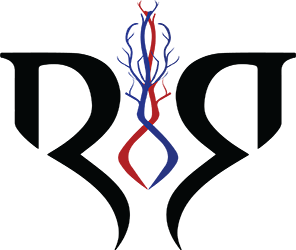


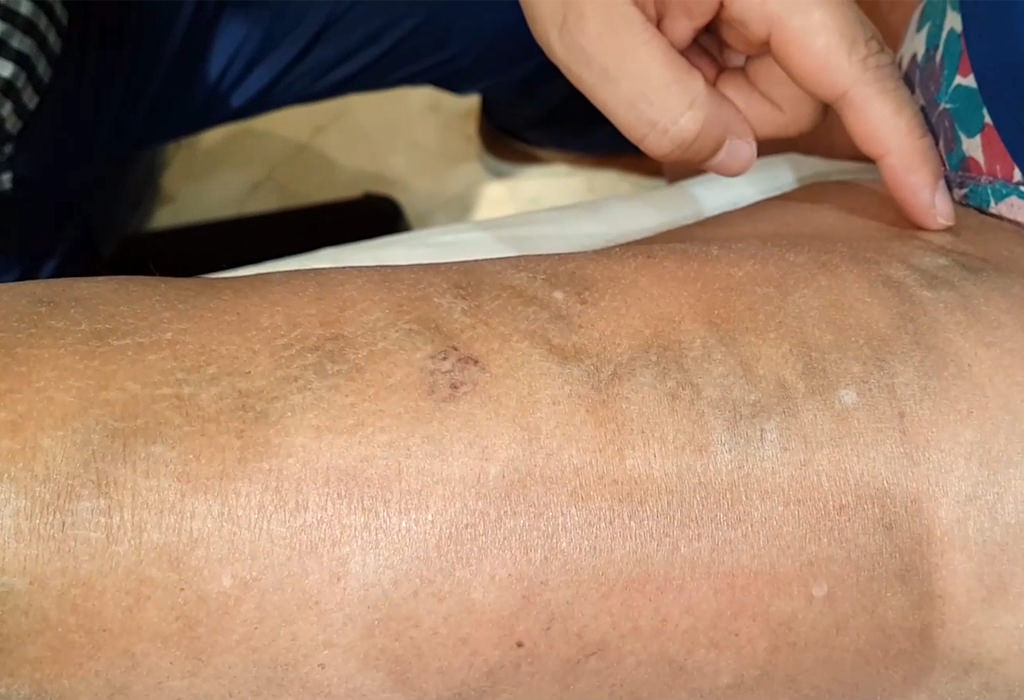
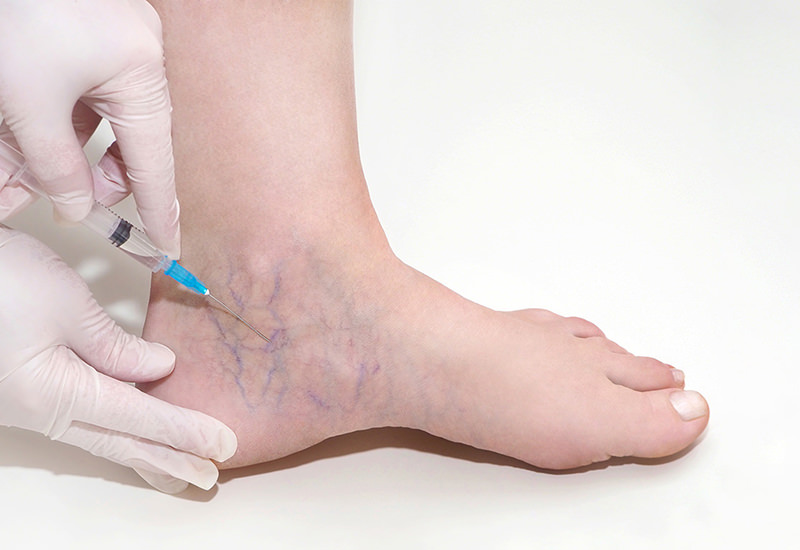
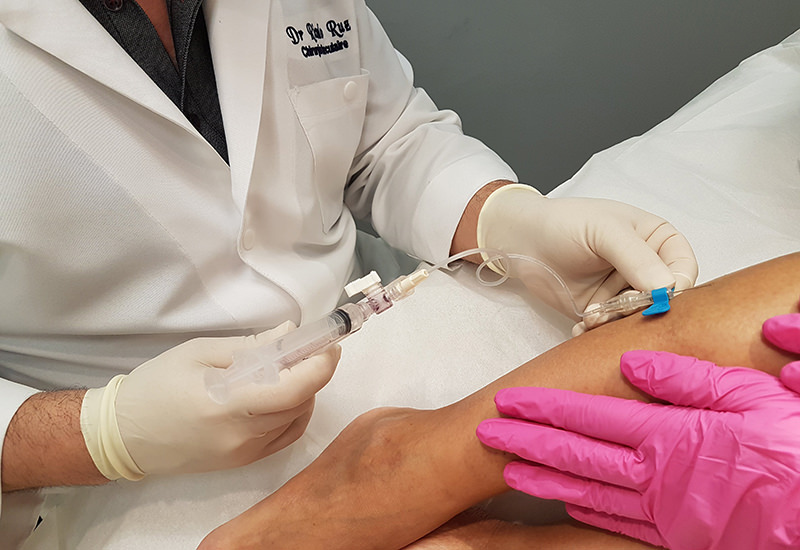
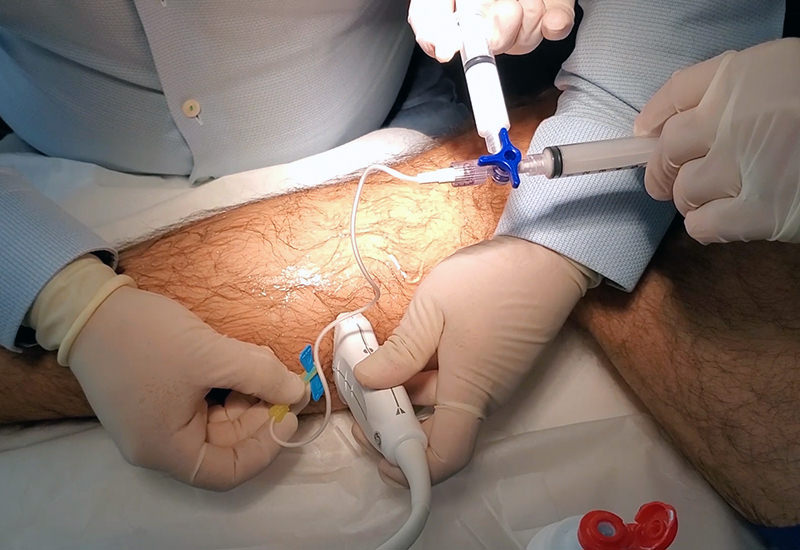
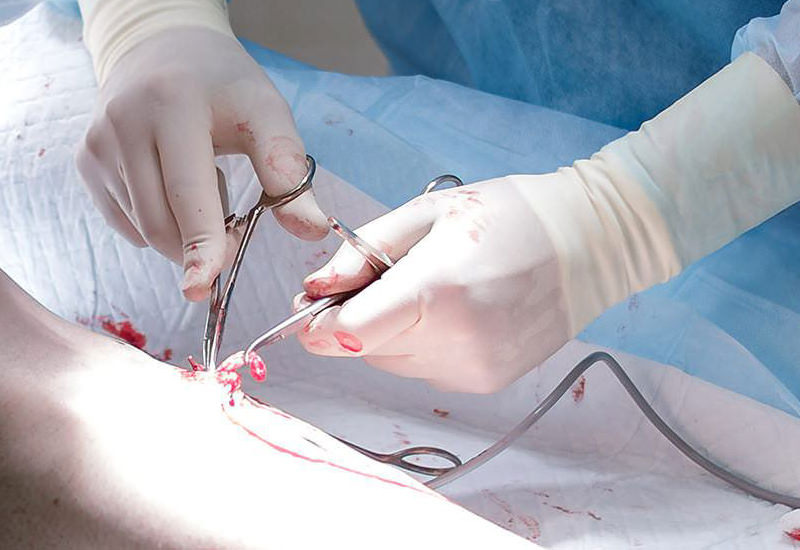


The images and/or videos are not presented as a guarantee of result. The results may vary. Patients gave their consent for the publication of images and/or videos.